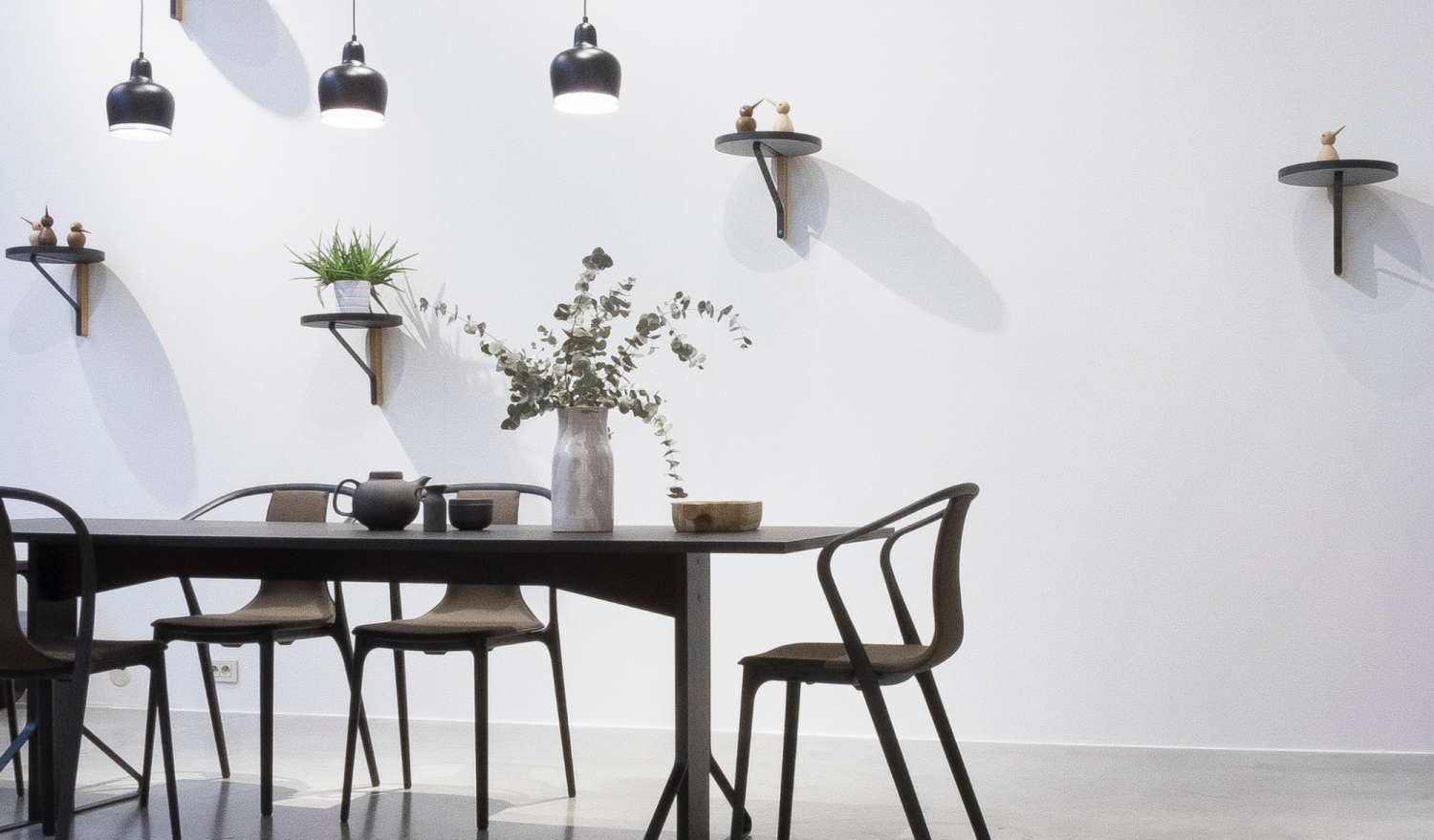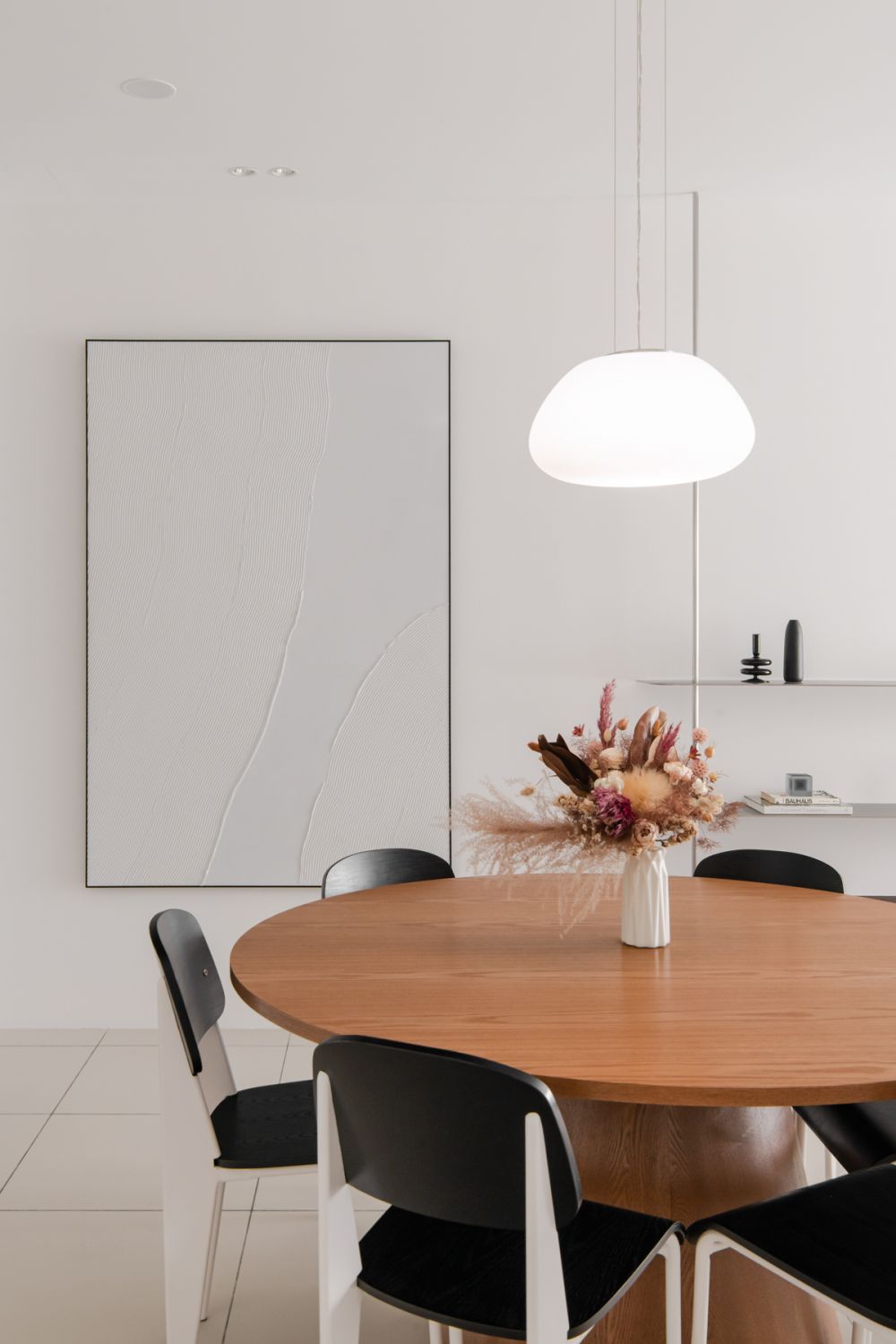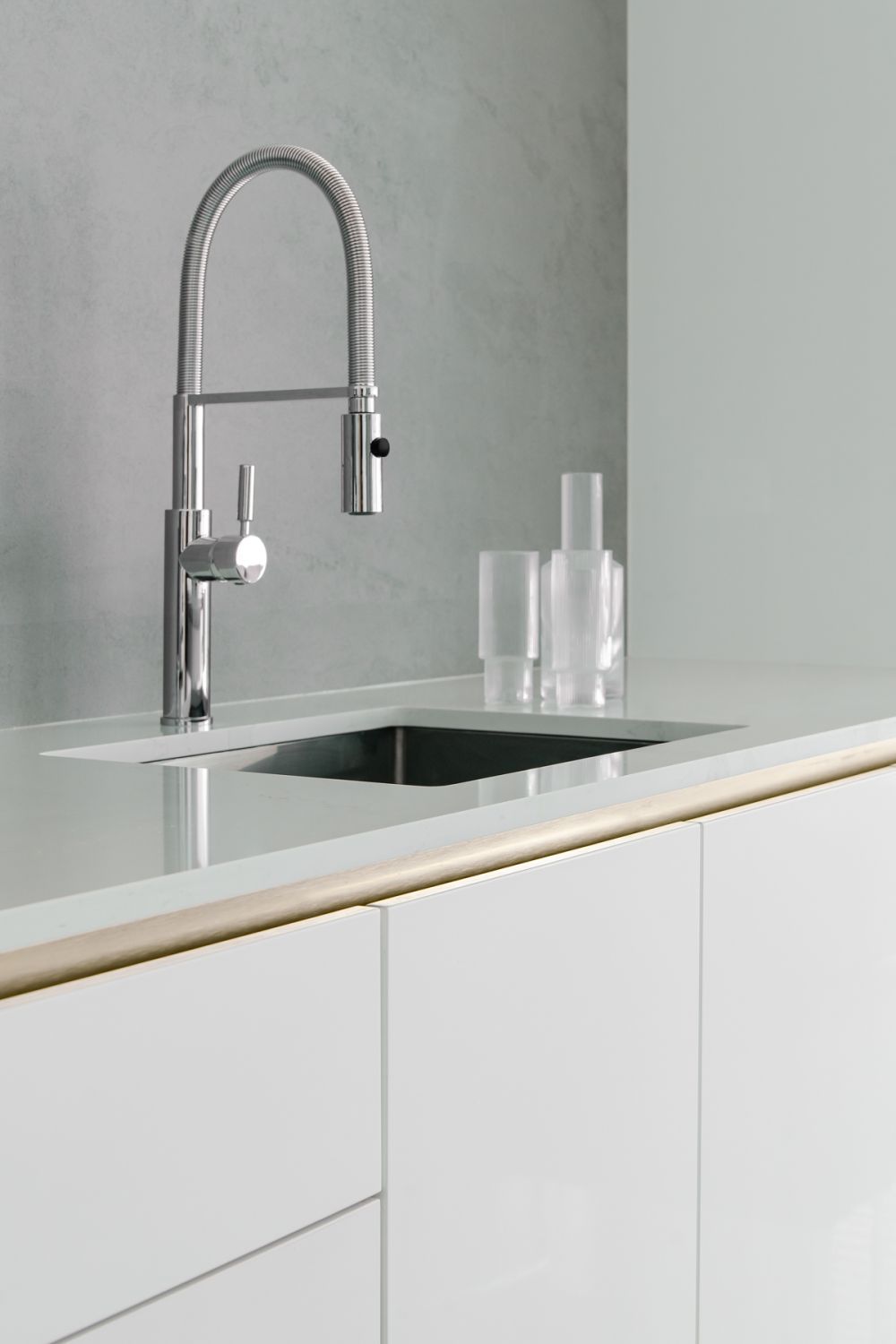Once your home has been designed, here are four tips to make your home comfortable in the last part of our guide to future-proofing
Designing a future-proofed home is one thing; living in it is another. More than construction and composition, there are smaller choices that add up to far more than the sum of parts in making a home ready for tomorrow as well as a wonderful place to live in.

PERSONAL REQUIREMENTS
Practicality is a necessary component in adapting or designing a home for the future, especially in planning for changing behaviour patterns. Simple additions such as handrails on stairs, bathroom wall grips or just a generous distance between pieces of furniture can prevent accidents and make life easier as mobility decreases.
Health considerations are also paramount. In a post-Covid 19 world, good ventilation in enclosed spaces avoids stagnant air and odours, and saves lives. More than that, a proper ventilation system controls humidity to avoid mould and filters out pollutants that could induce respiratory issues. Also consider options to make home maintenance easier in the long run: anti-fungal damp-proof paints or prioritising durability when choosing fittings or furnishings.
Don't miss: 4 Ways to Design Your Future-Proofed Home




